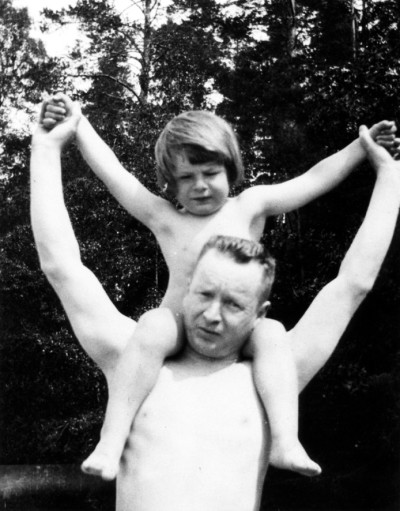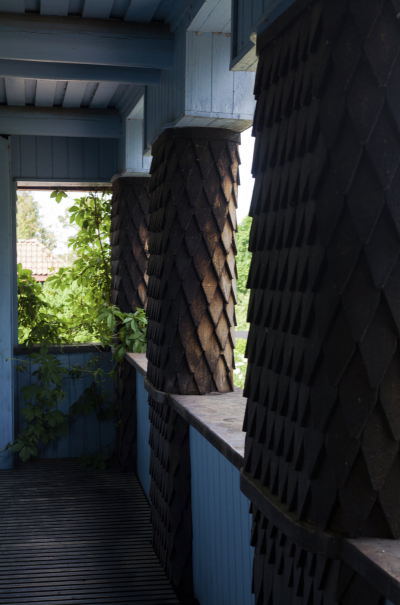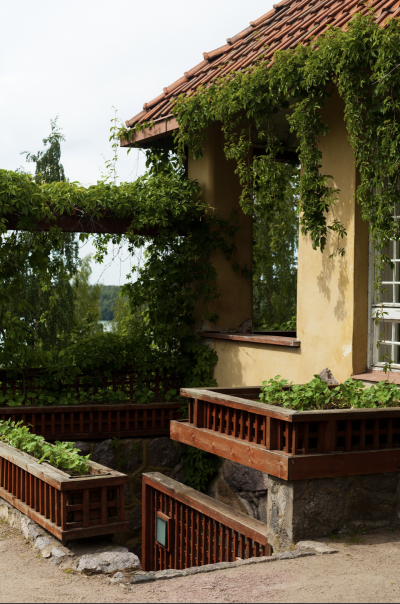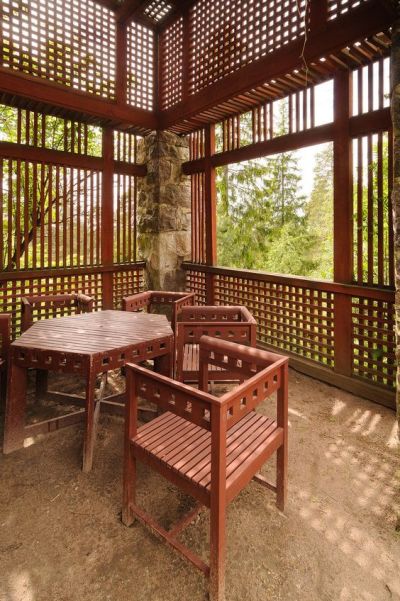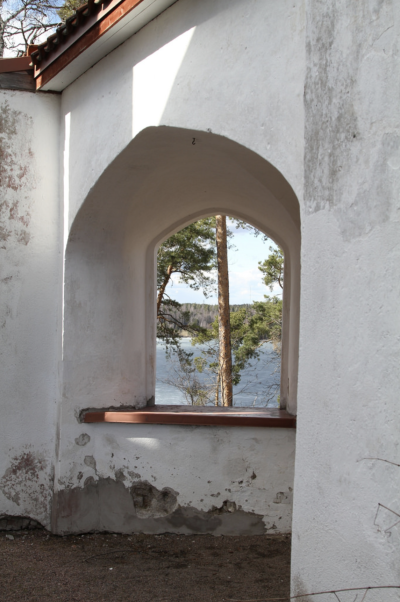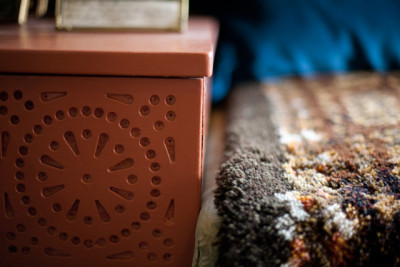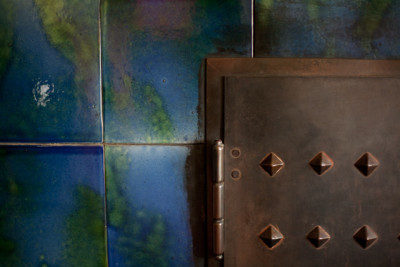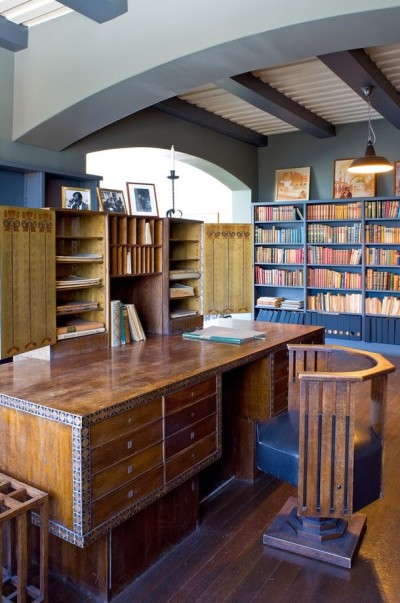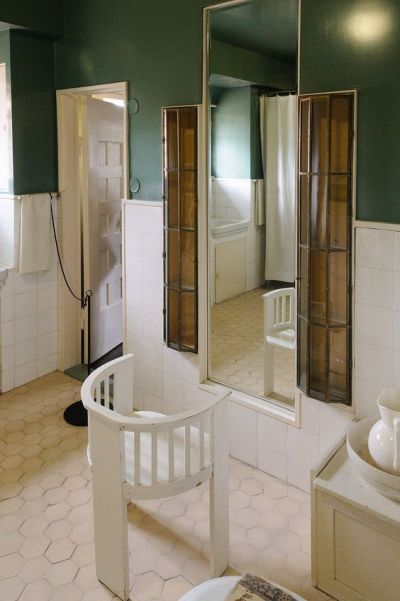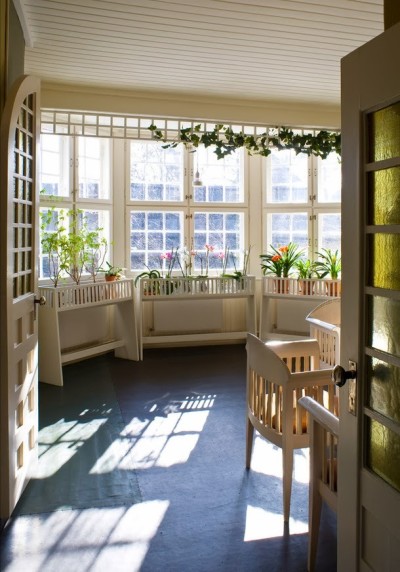From the Archive: Eliel Saarinen’s Hvitträsk retreat
On the lakeside retreat in Kirkkonummi, Finland
01.25.2018

Finnish architects Eliel Saarinen, Herman Gesellius, and Armas Lindgren created this artistic, lakeside retreat for themselves between 1901 and 1904. The three men had established their partnership a few years earlier, shortly before their graduation from the Polytechnic Institute in Helsinki. They built Hvitträsk, located about 19 miles west of Helsinki in Kirkkonummi, Finland, to consolidate their practice and to escape the congestion and noise of city life. It was named after Lake Vitträsk, on which it was built. Hvitträsk literally means White Lake.The complex included a shared studio, homes for each of their families, and several service buildings. The architects arranged their studio and homes around a central garden courtyard.
Saarinen and his partners, Herman Gesellius and Armas Lindgren, made their home a northern outpost of high culture. Friends and visitors included composers Gustav Mahler and Jean Sibelius, novelist Maxim Gorki, sculptor Carl Milles, and many others of artistic temperament. This is where the plans were drawn up for the Helsinki Railway Station, the National Museum of Finland and the monumental Munkkiniemi-Haaga project, among other grand works.
The buildings at Hvitträsk embody a mix of a local interpretation of the English Arts and Crafts Movement, late 19th century Romanticism, traditional Finnish building materials, methods, and spirit, and a healthy dose of Jugendstil, the Germanic and Scandinavian version of Art Nouveau. Saarinen, Gesellius, and Lindgren carefully crafted buildings of stone, plaster, shingles, and logs that are completely at ease with their heavily forested and rocky surroundings. Like other Arts and Crafts designs, it is both rustic and sophisticated with colorful glazed tiles and patterns used throughout the house. There is the frequent use of giant tapestries hanging from the wall, draping down over the back and seat of a built-in bench, and culminating at the floor as a rug (see the incredible “Liekki” rug designed by the painter Akseli Gallen-Kallela in the living room). It certainly would have been the antithesis of the Neoclassical and Victorian architecture that had become so popular in the decades before its construction.
Perched on a steep hillside overlooking a beautiful lake, Saarinen’s own house at Hvitträsk offered spectacular views. It was also center stage for several romantic storms- to cut a long story short, Eliel Saarinen’s first wife Mathilda fell in love with Herman Gesellius. Eliel then met Gesellius’s younger sister Loja, a textile designer and sculptor, whom he married after. It was the childhood house of their children; Pipsan Saarinen who later became a designer, and Eero Saarinen, who would become a famous modernist architect in his own right.
The Saarinens emigrated to America in 1923, and Eliel soon took a position as the first president of the Cranbrook Academy of Art in Bloomfield Hills, Michigan. Hvitträsk then became a summer home for this extraordinary family - with an architectural addition from Eero Saarinen who rebuilt the North Wing during the 30s. Hvitträsk is now open to public during the summer.
